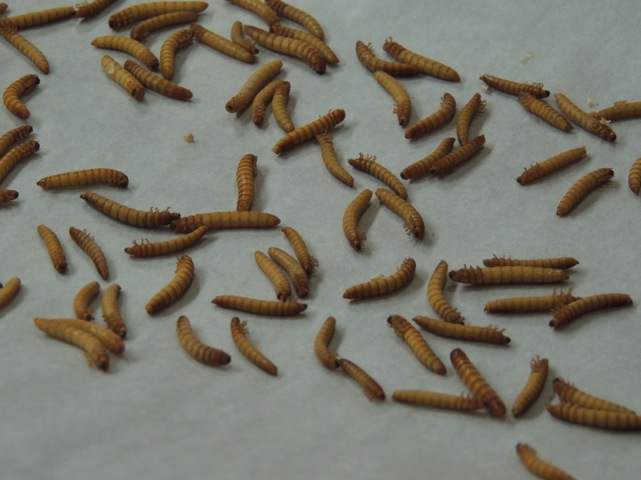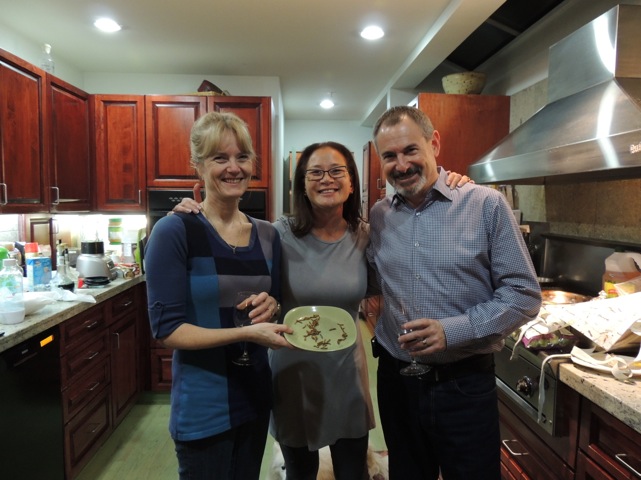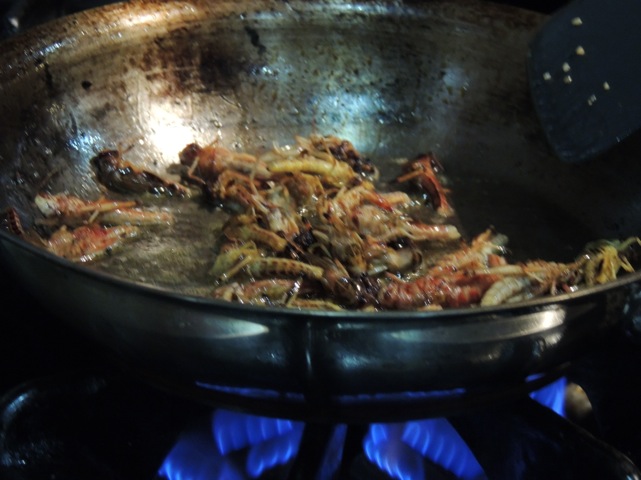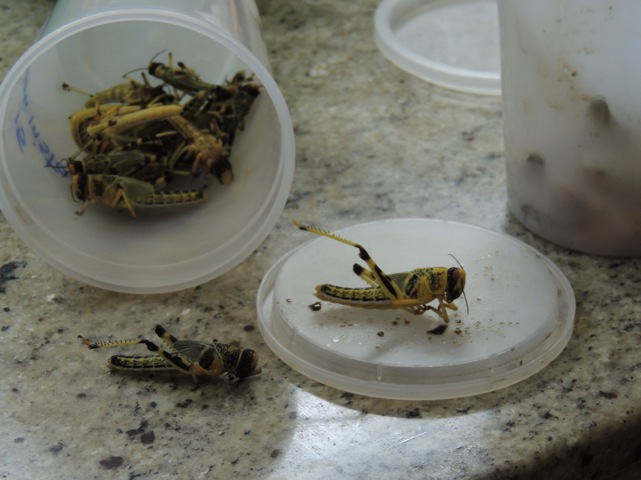 Another year, another Celebrate Science. This year’s event was even better than the previous ones! Three weeks before the Nov. 3rd date, we were not only sold out, but we had a waiting list of about 20. Dr. Ron Jobe did his usual excellent job as emcee and moderator, keeping things on track and on time. Speakers this year included: illustrator Dianna Bondar, who shared her thoughts on why science illustrations had to be both fun and accurate. Information Book Award nominee, Dora Lee spoke about some of the fascinating information in her book and her passion for inspiring young girls to pursue careers in science. New to the panel was Alex Gabriel whose day job includes researching and captioning science museum exhibits and doing so in a manner that both adults and children will find fun. Gillian Richardson described how things go boom, or more accurately KABOOM in her new book. And who knew that bikes were for more than transportation? Michelle Mulder a writer and bike enthusiast wowed the audience by describing how bikes can be used as centrifuges, knife sharpeners and other unusual products. What Celebrate Science would be complete without a hands-on science demonstration by Shar Levine and Leslie Johnstone. The two writers had the audience up on their feet performing science tricks from their new book Hockey Science.
Another year, another Celebrate Science. This year’s event was even better than the previous ones! Three weeks before the Nov. 3rd date, we were not only sold out, but we had a waiting list of about 20. Dr. Ron Jobe did his usual excellent job as emcee and moderator, keeping things on track and on time. Speakers this year included: illustrator Dianna Bondar, who shared her thoughts on why science illustrations had to be both fun and accurate. Information Book Award nominee, Dora Lee spoke about some of the fascinating information in her book and her passion for inspiring young girls to pursue careers in science. New to the panel was Alex Gabriel whose day job includes researching and captioning science museum exhibits and doing so in a manner that both adults and children will find fun. Gillian Richardson described how things go boom, or more accurately KABOOM in her new book. And who knew that bikes were for more than transportation? Michelle Mulder a writer and bike enthusiast wowed the audience by describing how bikes can be used as centrifuges, knife sharpeners and other unusual products. What Celebrate Science would be complete without a hands-on science demonstration by Shar Levine and Leslie Johnstone. The two writers had the audience up on their feet performing science tricks from their new book Hockey Science.Keynote speaker was Dr. David Close, Director, Aboriginal Fisheries Research Unit at the UBC Fisheries Centre. His presentation on Protecting the Pacific Lamprey inspired the audience and the one tidbit that everyone took away was that spitting into the water near a lamprey will make it release its grip from the rocks.
One of the highlights of Celebrate Science is the private party for presenters the night before the event. Previous years have featured a tour of the Wine Research Centre, and the Science of Wine and Cheese. This year was really special: Crunchy Science. Professor Murray Isman, Dean of Land and Food Systems generously offered up some of the insects from his lab. His preparation and demonstration of things to do with meal worms and locusts had guests squealing with delight. Roasted meal worms taste a bit like peanuts, while locusts-sautéed in garlic and butter were the same flavor and texture as shrimp. And yes, we all ate them!



